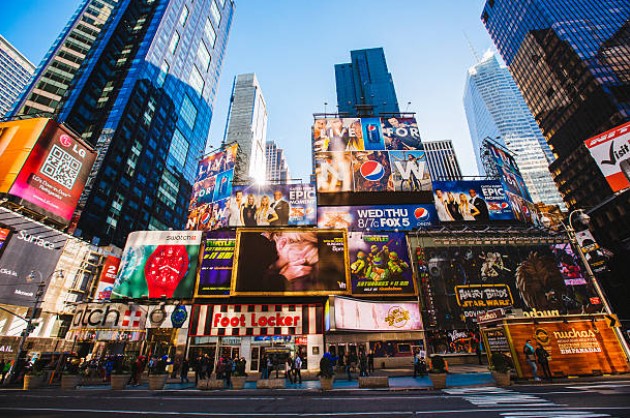Two Days International Symposium for R&D Scientists and IP Practitioners We are happy to inform…
IPR in Bazaar: Finding the Right Balance
It’s an overly common practice by manufacturers/advertisers/vendors in local market retail outlets to put up popular celebrities photos/images in packaging of non-branded products. It is at its peak, particularly during festival of lights, i.e. Diwali. During the festival of lights, it can easily be seen that a lot of fireworks stores sell Diwali crackers with each of the cracker’s packet infused with a photo a popular celebrity on its cover. It is done with sole objective of luring potential customers to buy crackers considering the unrealistic fan following of the well-known artists. It could basically be said as product endorsement technique through unethically and illegally putting up celebrities photos in the products.
Celebs sporadically seem to have an issue with all of this. Well, for one, they rarely get to know about such products as the scalability of these products are limited within the space of local markets, And secondly, even if they were to know about it, they would barely seem to be bothered about it. After all, it does help struggling vendors to sell the products, besides, it would be way too absurd get themselves involved in situation like this.
However, at times, it observed that manufactures/advertisers misuse such a leeway and end up engaging themselves in such activities for a product which is harmful to the society and environment as a whole. For instance, illegitimate endorsements for products like tobacco. Unaware consumers who happen to follow or is fan of such celebrities falls for it, and it ends up increasing sales of such toxic and harmful. It not only violates celebrities’ intellectual property rights, but is also a menace in the society.
And it may therefore be necessary to be aware and understand where is the line of rights and laws relating to intellectual property in such circumstances. Needless to say, other laws apart from that of intellectual property might very well be applicable in such incidents; however, the author has restricted his analysis and views merely within the context of laws relating to intellectual property.
RELEVANT LAWS AND PRECEDENTS
So far as the relevant laws are concerned, Section 14(a), Section 14(c) and 14(d) of the Copyright Act, 1957, impliedly restricts wrongdoers from endorsing harmful products via images of celebrities on the packaging of such products. Further, Section 2(1) of the Indian Trade Marks Act, 1999, impliedly restricts wrongdoers from illegally using well-known celebrities’ names or signs as trademark of such harmful products on its packaging.
Moreover, the concept of Passing Off is another such medium that could possibly be employed to reduce the mischief of unlawful celebrity endorsements. Section 27 (2) and Section 135 of the Trade Marks Act, 1999, may seem to be relevant in such context, given that it would implicitly restrict miscreants from sporting unauthorized endorsements in their products’ packaging.
It was observed by the Hon’ble High Court of Delhi in the case of ICC Development (International) Ltd. v. Arvee Enterprises, noted in 2003 VIIAD Delhi 405, that right to publicity stems from one’s personality, for instance, their name, signature, and so on. It further observed that right to such publicity is exclusively available and vests with these individuals. No other entity shall, if unauthorized to do so, misuse it for their commercial purposes.
Likewise, in the case of DM Entertainment v. Baby Gift House& Ors., noted in MANU/DE/2043/2010, Baby Gift House (BGH) was falsely endorsing their baby doll related products which would seemingly have similar features as that of the iconic singer Daler Mehndi. DM Entertainment thereafter sued BGH alleging that it violated their publicity rights including those of commercial endorsements. The Hon’ble High Court of Delhi ruled in favour of DM Entertainment, observing that BGH violated their publicity rights by indirectly endorsing Daler Mehndi for their product and thereby indulging in commercial exploitation of his IPR.
Similarly, in the case of Sonu Nigam v. Amrik Singh & Anr., noted in MANU/MH/0517/2014, it was observed that Singer Mika Singh got printed larger size image of himself and smaller size images of other artists in the same poster aiming to promote his event, without the consent of other such artists. It was held by the Hon’ble Court that such unjustified posters would give imprecise impression to the people about the Mika Singh’s popularity, and therefore, passed an order against Mika Singh.
THE PATH FORWARD
It is necessary to find and understand the right balance in these situations, that is to say, ascertaining the link of marketing ethics and laws relating to intellectual property. If advertisers/manufactures/vendors unethically and illegally endorse toxic and harmful products thorough putting up celebrities photos, then this where the line is being crossed, regardless of whether or not the person whom they are using for such purposes is bothered by the same or not. This is so, because one of the reasons for sales of products like tobacco, fake liquor, immensely polluting crackers, etc., is unlawful celebrity endorsements. What’s even more shocking to realise is that at times, celebrities actually give their consents for advertisements, even though they seem to be financially way too secured.
Also, there may be a need for specific laws relating to celebrities and all such well-known and popular artists’ personality rights, publicity rights, moral rights, etc. It would not only give a better clarity on these aspects, but would aid in alleviating such incidents to a considerable extent, to say the least.
Author: Vaibhav Gupta – a student of Presidency University, Bangalore, in case of any queries please contact/write back to us via email chhavi@khuranaandkhurana.com or contact us at IIPRD.

